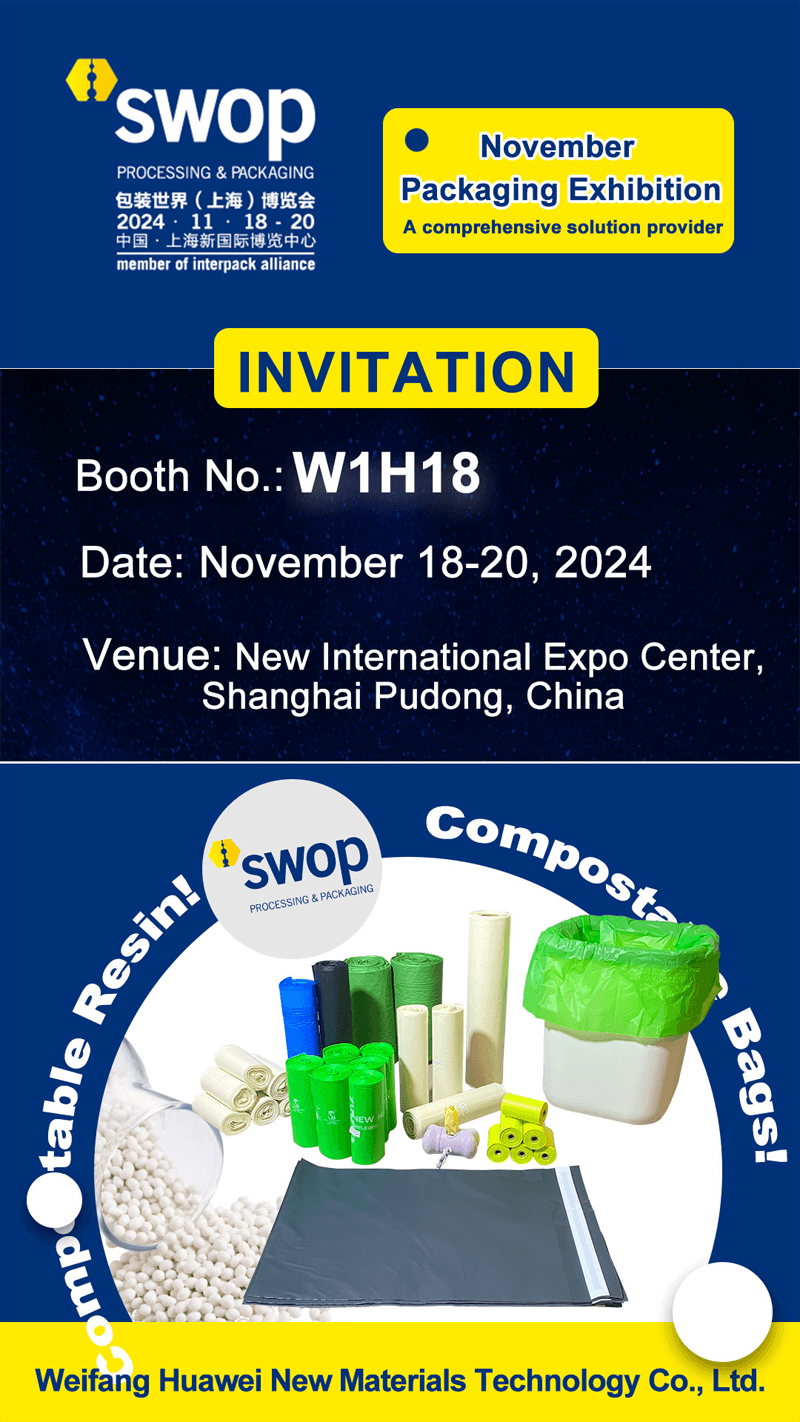Dec. 07, 2023
Generally plastics take 100-200 years to degrade. Various kinds of waste plastic degradation time is not the same, mainly depends on the material, this specific data has not been statistics, more decades or even hundreds of years, short of a few years, or within a year. General plastic bags to be in 200-400 years is not necessarily degradable waste plastics with landfills will not only occupy a large amount of land, and the occupied land is not restored for a long time, affecting the sustainable use of land. Into the domestic waste waste plastic products if the landfill, 200 years of time does not degrade, complete degradation needs 1000 years.

Plastic is a monomer as raw material, through polymerization or polycondensation reaction polymerization of polymer compounds (macromolecules), its resistance to deformation of the ability of medium, between the fiber and rubber, by the synthetic resins and fillers, plasticizers, stabilizers, lubricants, color and other additives.
The main component of plastic is resin. Resin is a polymer compound that has not yet been mixed with various additives. The term resin was originally named after the lipids secreted by plants and animals, such as rosin and wormwood. Resin accounts for about 40% to 100% of the total weight of plastic. The basic properties of plastics are mainly determined by the nature of the resin, but additives also play an important role. Some plastics are basically composed of synthetic resins, containing no or few additives, such as plexiglass, etc. So The components of plastic are not degradable.

Biodegradable Plastics Biodegradable plastics are a class of plastics whose degradation is caused by the action of microorganisms present in nature, such as bacteria, molds (fungi) and algae. The ideal biodegradable plastic is one that has excellent usability properties, can be completely decomposed by environmental microorganisms after disposal, and is eventually inorganized. Biodegradable plastics can undergo complete degradation in biochemical or biological environments, and ultimately be converted into carbon dioxide (CO2) and water (H2O) and other environmentally friendly polymers. Biodegradable plastic degradation has two main parts, there are microbial decomposition and hydrolysis, in the degradation of the microbial enzymes in the adhesion of the material surface, and further through the hydrolysis and other reactions of the polymer long chain break, and ultimately so that the formation of low molecular weight fragments.
Related Products
Latest News
The “Degradable Plastic Bags” You Throw Away Are Secretly Polluting Our Homes
Degradable Bags Become Organic Fertilizer After Use Safety and Environmental Protection
The Situation Of Plastic Waste In 2025
The total consumption and per capita consumption of plastic
Celebrating the Chinese New Year-Rejecting Excessive Packaging And Plastic Waste
What Is The Difference Between Biodegradable Bags And Fully Biodegradable Plastic Bags?
The origin of plastic can be traced back to the mid-19th century.
How Biodegradable Plastic Bags Decompose Without Releasing Toxins
How Bio Plastic Bags Support Sustainable Product Manufacturing
Do Bio Plastic Bags Release Harmful Substances During Decomposition?
Does Biodegradable Plastic Bags Have an Impact on Environmental Protection
The Difference Between Fully Degradable Plastic Bags And Pseudo Degradable Plastic bags
The Difference Between Fully Degradable Plastic Bags And Pseudo Degradable Plastic bags
The Difference Between Biodegradable Mailer Bags And Traditional Mailer Bags
How Long Does It Take For Wet Garbage And Different Plastic Bags To Degrade?
Degradable Plastic Bags - What Is The Difference Between Degradable, Biodegradable And Compostable?
Current Status and Future Development Trends of Biodegradable Plastic Bag Market in 2024
Traditional Plastic Bags Have Gradually Been Replaced By Biodegradable Plastic Bags
In 2024, Protect Our Planet And Make The New Year More Meaningful
How to Create the Perfect Packaging Field?
From November 22 to November 24, 2023, we participated in Shanghai World Of Packing.
